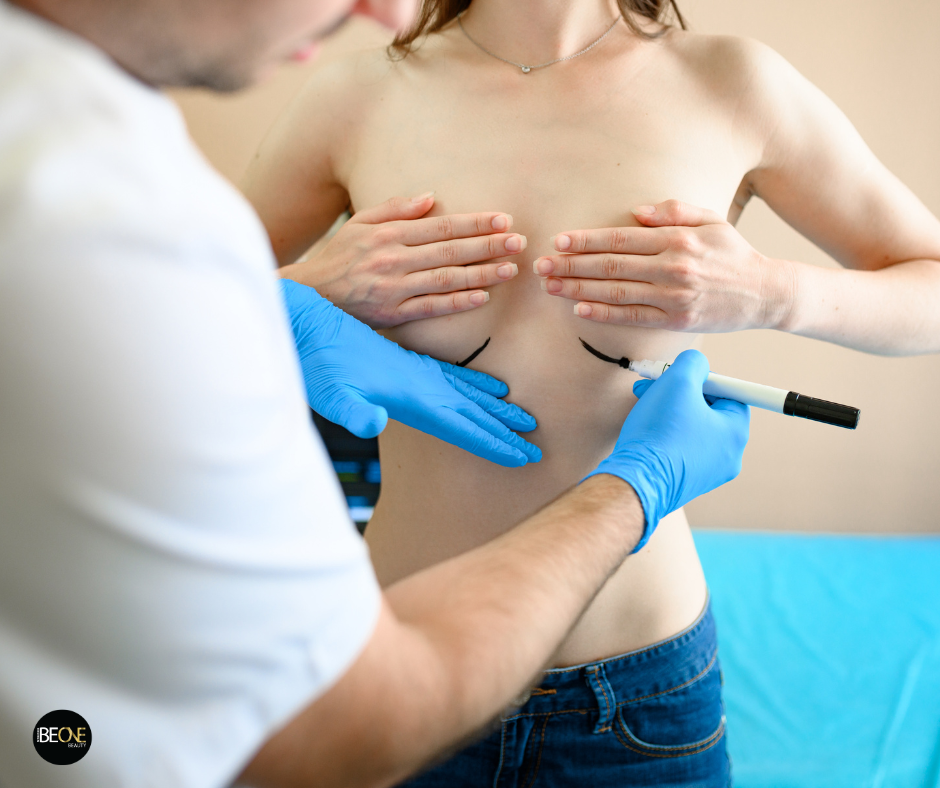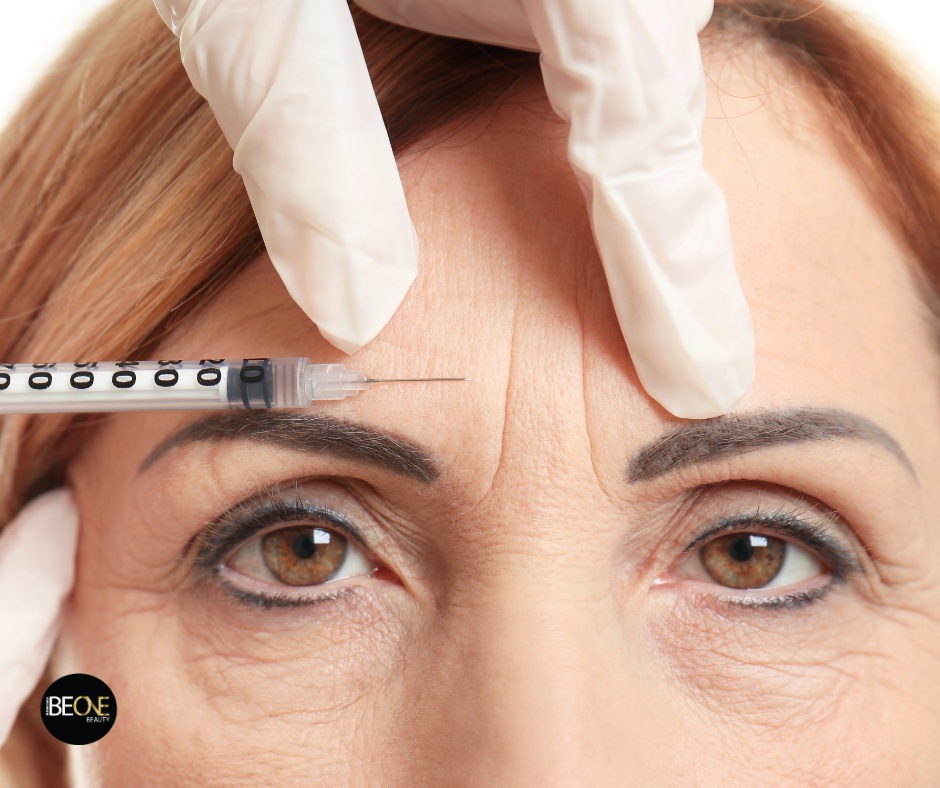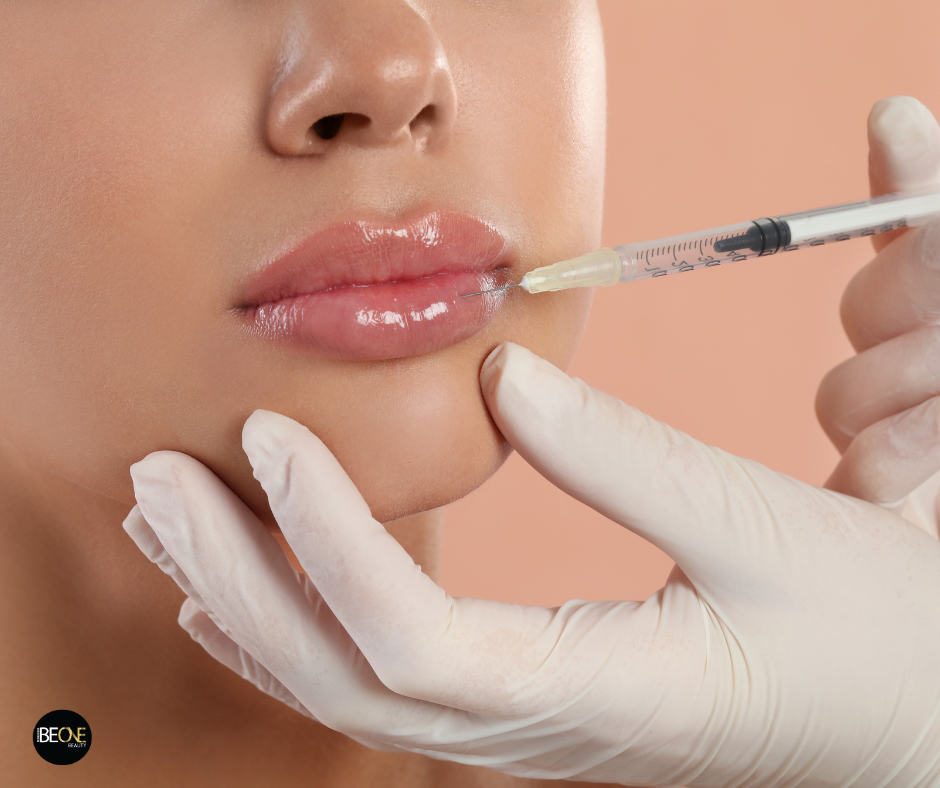
Will Breast Augmentation Leave Scars?
Posted on: 10 Jun, 2024
Breast augmentation is a cosmetic surgical procedure that involves the insertion of implants to enhance the size and shape of the bust. A common concern among patients is whether this procedure will leave visible scars and how they will affect the overall appearance. This report provides a detailed overview of scar formation, techniques used to minimize their visibility, and the postoperative care necessary to optimize aesthetic results.
Scar Formation
Nature of Scars
Scars are a natural response of the body to any surgical incision. During the healing process, scar tissue forms to close the wound. Although they cannot be completely avoided, several factors can influence their appearance and visibility.
Factors Affecting Scar Visibility
- Surgical Technique: The skill and experience of the plastic surgeon play a crucial role in minimizing scars. Precise and careful techniques can significantly reduce scar visibility.
- Incision Location: Incisions can be made in different locations based on patient preference and the surgeon’s judgment. Common locations include:
- Inframammary: In the fold under the breast.
- Periareolar: Around the edge of the areola.
- Transaxillary: In the armpit.
- Skin Type and Genetics: The skin’s ability to heal and genetic predisposition to develop hypertrophic or keloid scars can influence scar appearance.
- Postoperative Care: Following postoperative recommendations is crucial for proper healing. This includes avoiding direct sun exposure, not smoking, and maintaining good wound hygiene.
Techniques to Minimize Scars
Strategic Incision Location
Experienced plastic surgeons carefully choose incision locations to make scars as inconspicuous as possible. Inframammary incisions, for example, are hidden in the natural fold under the breast, while periareolar incisions blend with the natural color transition between the areola and the surrounding skin.
Advanced Suturing Techniques
Using advanced suturing techniques, such as absorbable sutures and intradermal closure techniques, helps reduce skin tension and promote more aesthetic healing.
Postoperative Treatments
- Silicone Creams and Gels: Applying silicone-based topical products can improve scar appearance.
- Laser Therapy: Laser treatment can help reduce scar visibility by improving skin texture and color.
- Scar Massage: Gently massaging the scar area can help break down scar tissue and improve skin elasticity.
Postoperative Care
General Instructions
- Keep Incisions Clean and Dry: It is essential to avoid infections that can worsen scar appearance.
- Avoid Sun Exposure: UV rays can darken scars, making them more noticeable.
- No Smoking: Smoking can slow down the healing process and increase the risk of complications.
- Wear Support Bras: Proper support helps keep implants in place and reduces tension on the incisions.
Follow-Up with the Surgeon
Regular visits to the plastic surgeon allow for monitoring the healing process and early intervention if necessary.
Conclusion
While breast augmentation will leave scars like any surgical procedure, there are many ways to minimize their visibility and achieve satisfactory aesthetic results. Choosing an experienced plastic surgeon, using advanced techniques, and following postoperative instructions are crucial for optimizing the appearance of scars.
Don’t Wait Any Longer to Feel Good About Yourself!
Are you considering breast augmentation and concerned about scarring? At BeOne Beauty, our team of highly qualified plastic surgeons is dedicated to offering you the best possible results, using advanced techniques to minimize scarring and maximize your satisfaction.
Is important that you have a consult with our professionals.
Contact us for a free Evaluation and Discounts:
📧 Email: info@beonebeauty.com
📞 Phone: (310) 628-5533
🌐 Visit us at: www.beonebeauty.com






Comments (0)
Post Your Comment